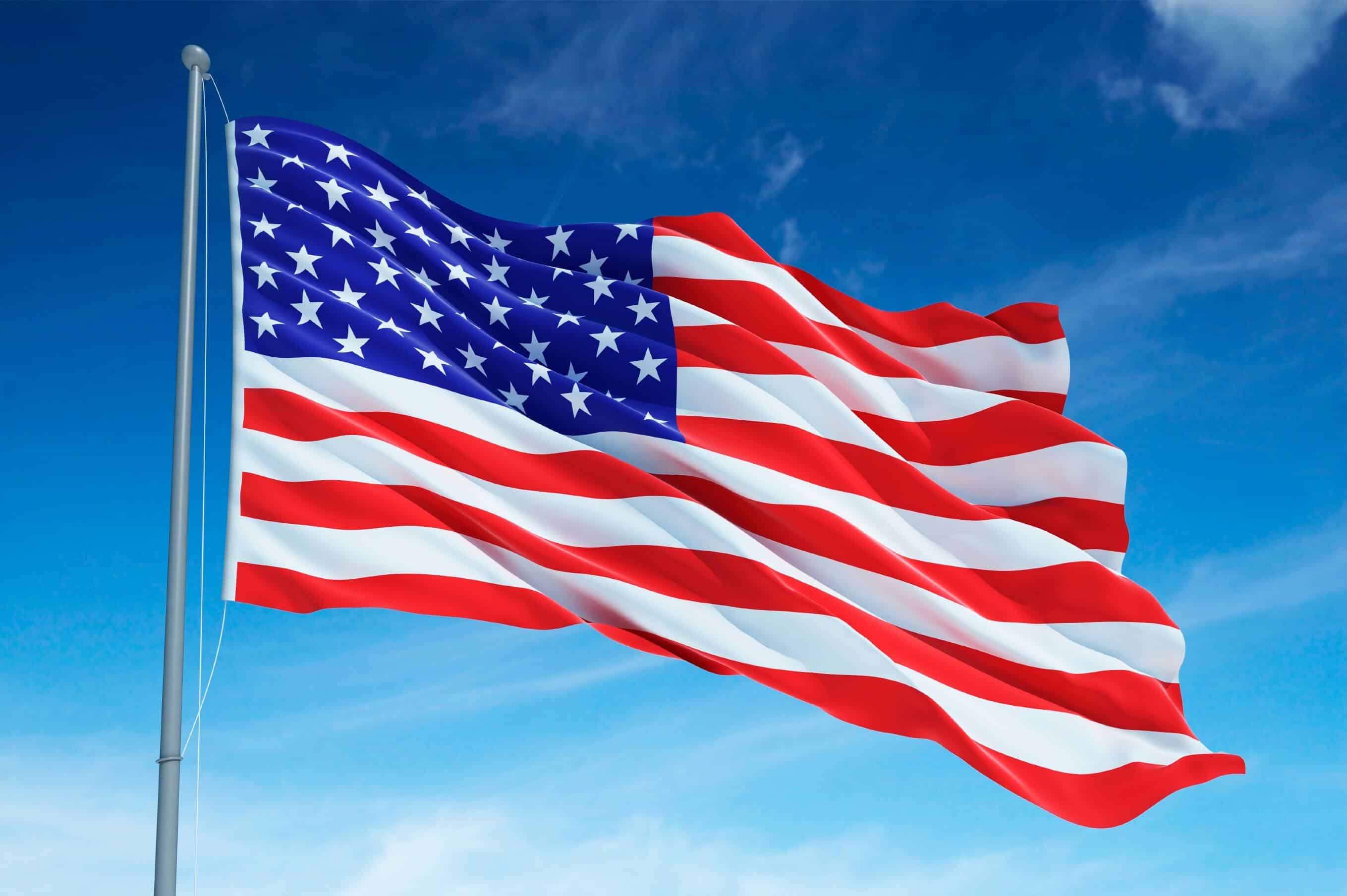
Did you know the American flag has changed designs 27 times? This iconic symbol of freedom and unity has a rich history filled with fascinating tidbits. From its humble beginnings stitched by Betsy Ross to its current 50-star version, the flag has evolved alongside the nation. Each star and stripe tells a story of struggle, triumph, and growth. Whether you're a history buff or just curious, these fun facts will give you a new appreciation for Old Glory. Ready to dive into some surprising details about the Stars and Stripes? Let's get started!
The Birth of the American Flag
The American flag, a symbol of freedom and unity, has a rich history. Here are some fascinating facts about its origins and evolution.
-
The first American flag was adopted on June 14, 1777. This day is now celebrated as Flag Day in the United States.
-
Betsy Ross is often credited with sewing the first American flag, but there is no historical evidence to confirm this. The story was popularized by her grandson in the 1870s.
-
The original flag had 13 stars and 13 stripes, representing the 13 original colonies. The stars were arranged in a circle to symbolize equality among the colonies.
Changes Over Time
The American flag has undergone several changes since its inception. Each change reflects the growth and development of the nation.
-
The flag has been modified 27 times since 1777. Each new state added to the Union required a new star on the flag.
-
The current design, with 50 stars, was adopted on July 4, 1960, after Hawaii became the 50th state.
-
The 15-star, 15-stripe flag, known as the Star-Spangled Banner, inspired Francis Scott Key to write the national anthem during the War of 1812.
Symbolism and Design
Every element of the American flag holds significant meaning. Let's explore the symbolism behind its design.
-
The colors of the flag—red, white, and blue—each have specific meanings. Red symbolizes valor and bravery, white represents purity and innocence, and blue stands for vigilance, perseverance, and justice.
-
The flag's design is highly regulated. The Flag Code, established in 1942, provides guidelines on how the flag should be displayed and respected.
-
The flag should never touch the ground or be used as clothing. These rules are part of the Flag Code to ensure the flag is treated with the utmost respect.
Unique Facts
Beyond its historical and symbolic significance, the American flag has some unique and lesser-known facts.
-
The American flag has been planted on the moon. During the Apollo 11 mission in 1969, astronauts Neil Armstrong and Buzz Aldrin placed a flag on the lunar surface.
-
There is a specific way to fold the American flag. It is folded into a triangular shape, symbolizing the tricorn hats worn by soldiers during the American Revolution.
-
The largest American flag ever made was unveiled in 1992. It measured 505 feet by 225 feet and weighed 3,000 pounds.
Cultural Impact
The American flag has left an indelible mark on culture and society. Here are some ways it has influenced various aspects of life.
-
The flag is a popular motif in art and fashion. Artists like Jasper Johns have used the flag in their work to make powerful statements about American identity.
-
The Pledge of Allegiance, recited by millions of Americans, includes a reference to the flag. It was written in 1892 by Francis Bellamy and has been a staple in American schools ever since.
The American Flag: A Symbol of Unity and History
The American flag isn't just a piece of fabric; it's a symbol of unity, history, and pride. From its 27 different versions to the significance of its colors, each detail tells a story. The 13 stripes represent the original colonies, while the 50 stars honor each state. Betsy Ross may not have sewn the first flag, but her legend lives on. The flag's design has evolved, reflecting the nation's growth and changes. It's flown on the moon, draped over coffins of fallen heroes, and waved at countless parades and protests. Understanding these facts deepens our appreciation for this iconic symbol. Next time you see the Stars and Stripes, remember the rich history and the values it represents. The American flag is more than a national emblem; it's a testament to the enduring spirit of the United States.
Was this page helpful?
Our commitment to delivering trustworthy and engaging content is at the heart of what we do. Each fact on our site is contributed by real users like you, bringing a wealth of diverse insights and information. To ensure the highest standards of accuracy and reliability, our dedicated editors meticulously review each submission. This process guarantees that the facts we share are not only fascinating but also credible. Trust in our commitment to quality and authenticity as you explore and learn with us.


